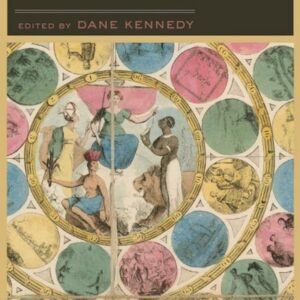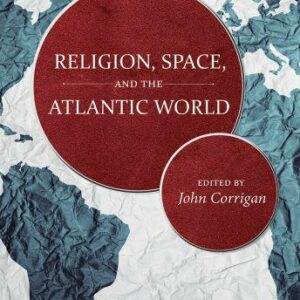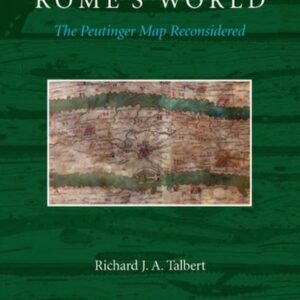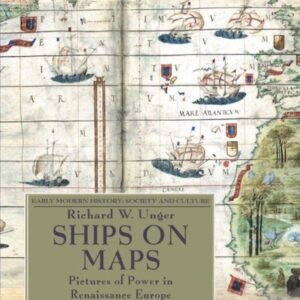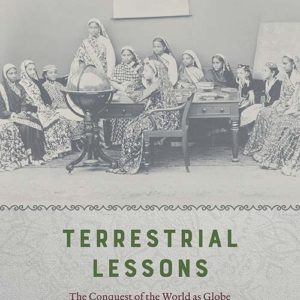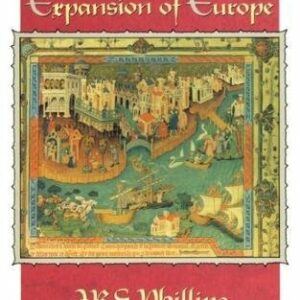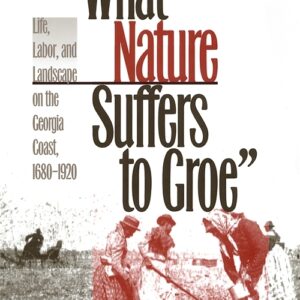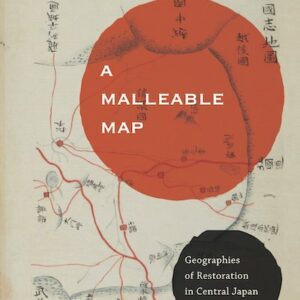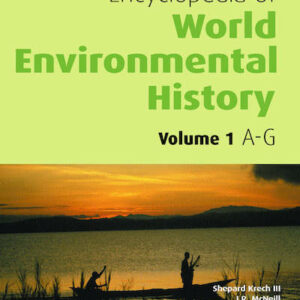
Encyclopedia of World Environmental History. 3 vols.
Edited by Shepard Krech, III (Trustee; NHC Fellow, 1993–94; 2000–01), John Robert McNeill, and Carolyn Merchant In order to address today's global environmental challenges, it is important to understand them within the context of humankind's influences on its environment throughout the ages. The Encyclopedia of World Environmental History provides much needed explanation of urgent social and environmental … Continued

